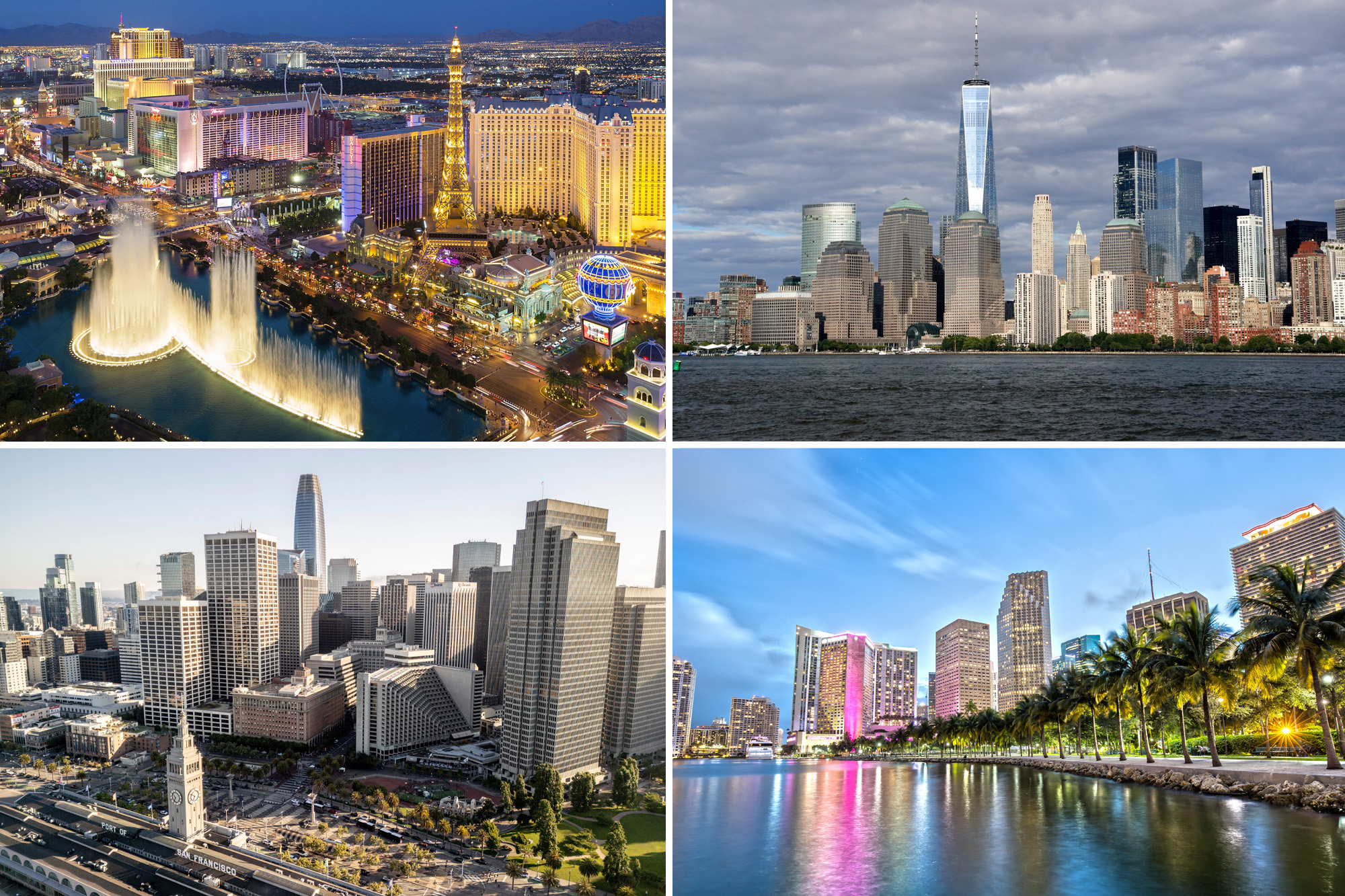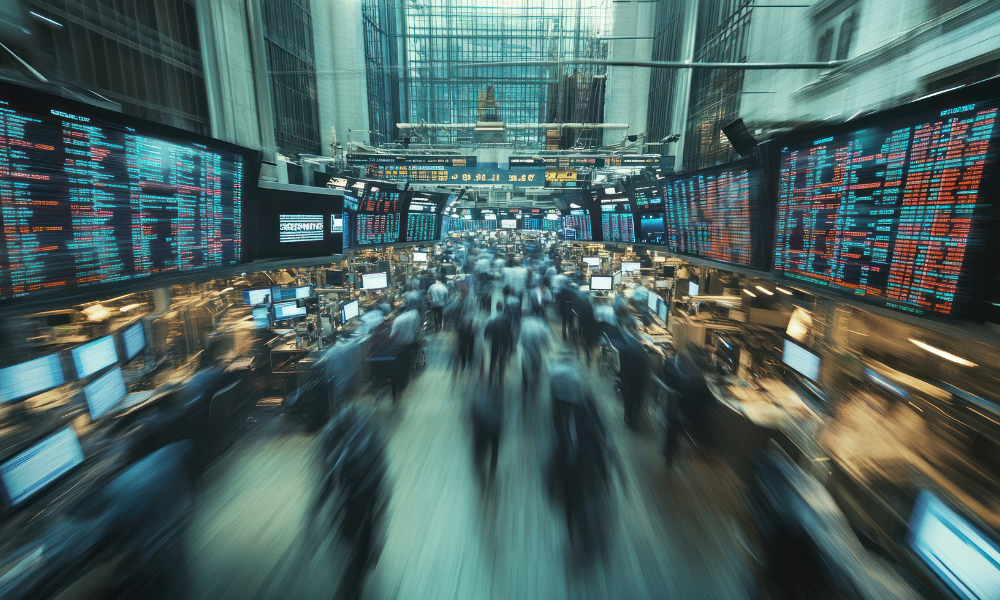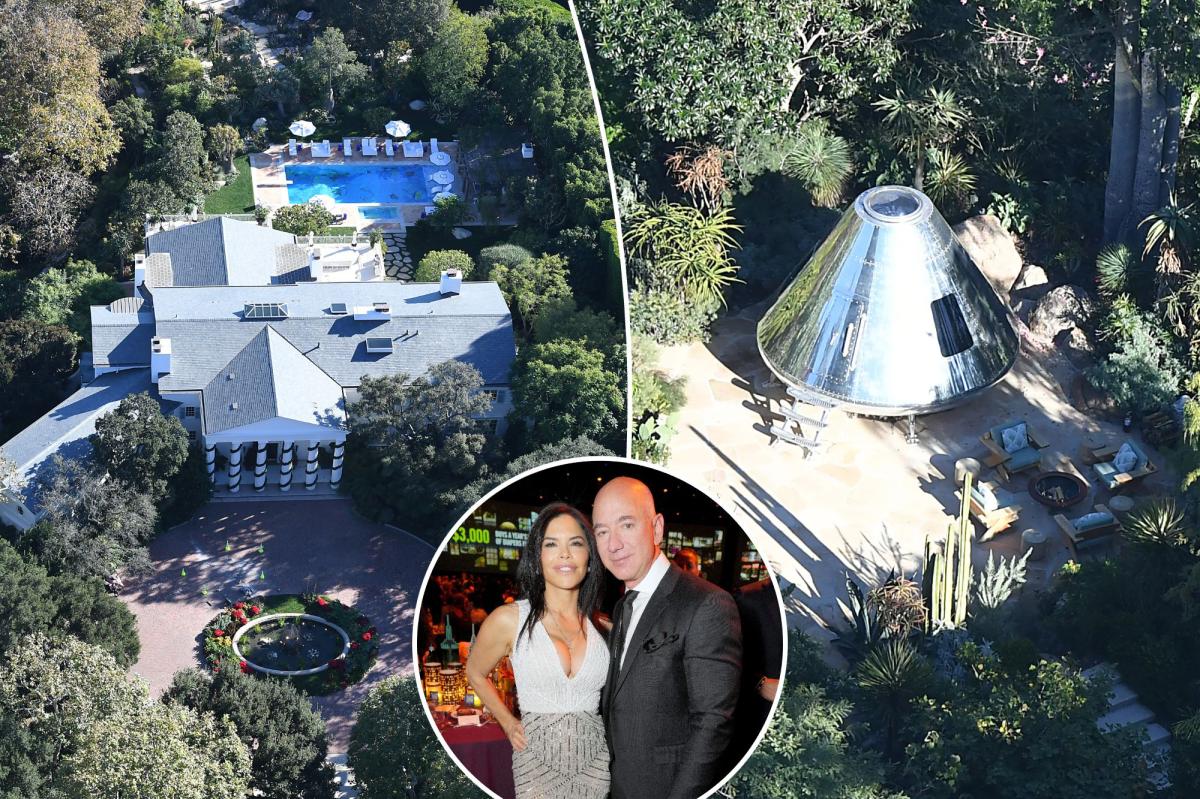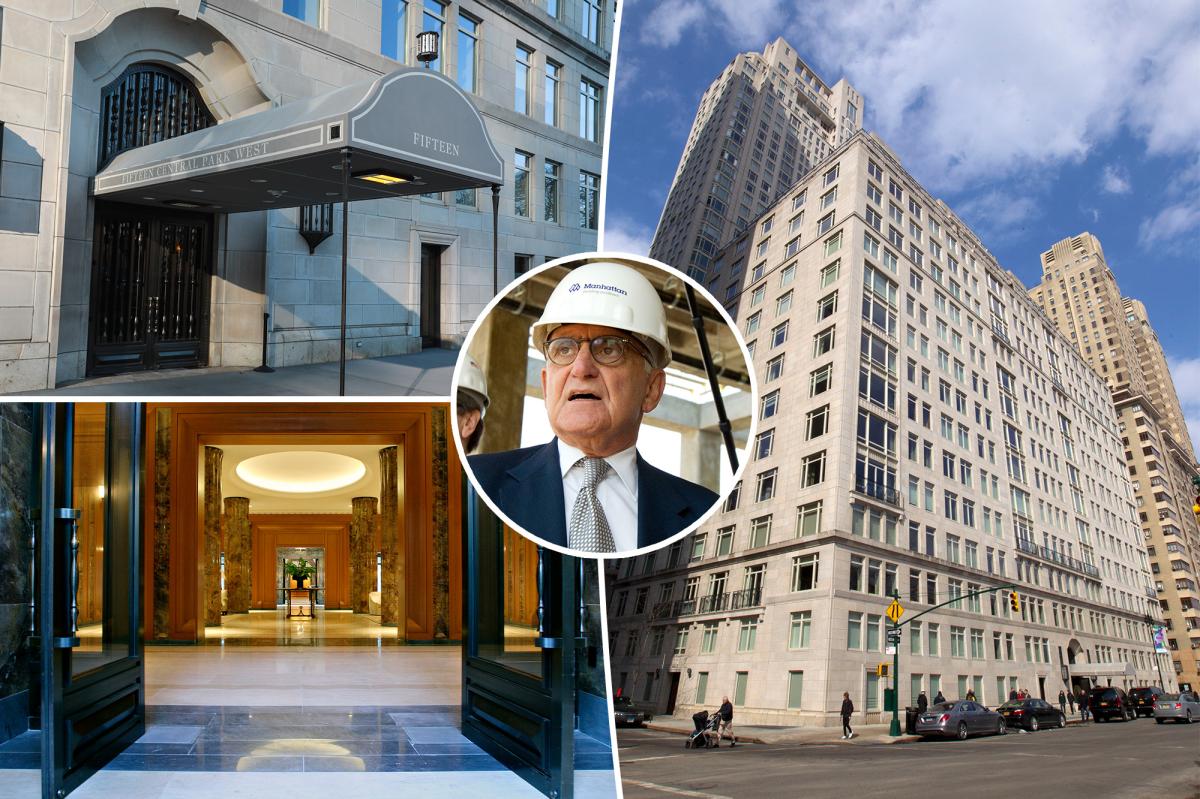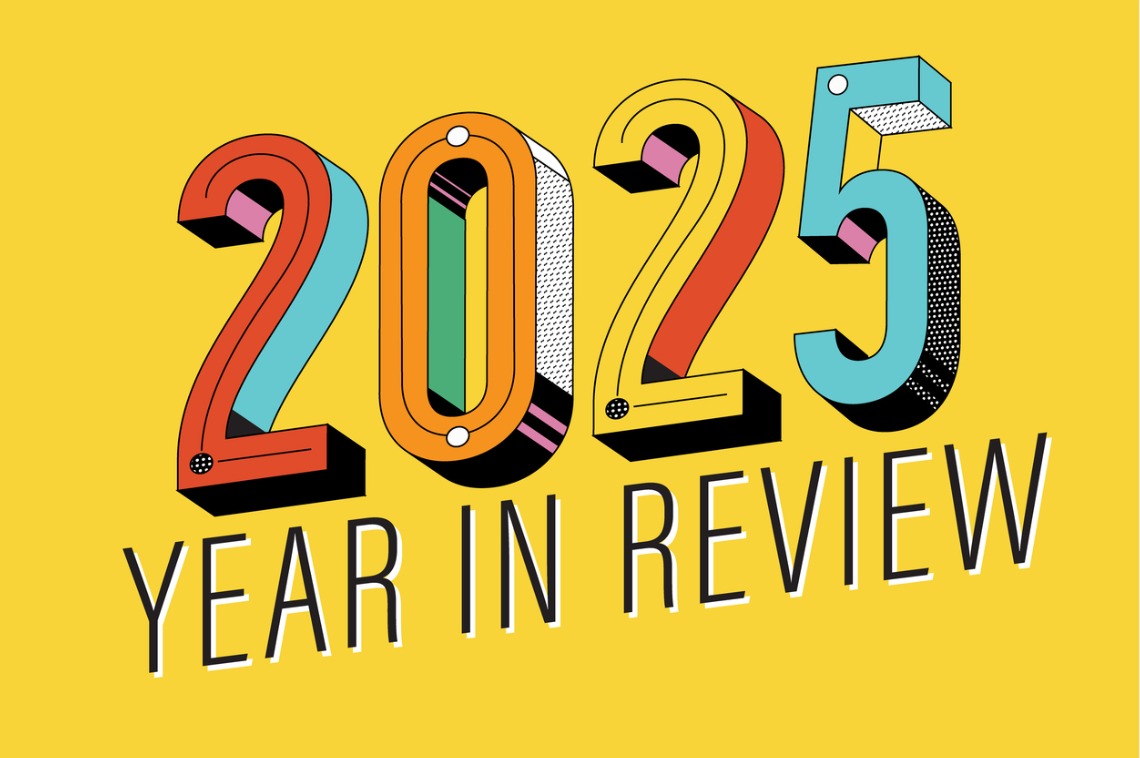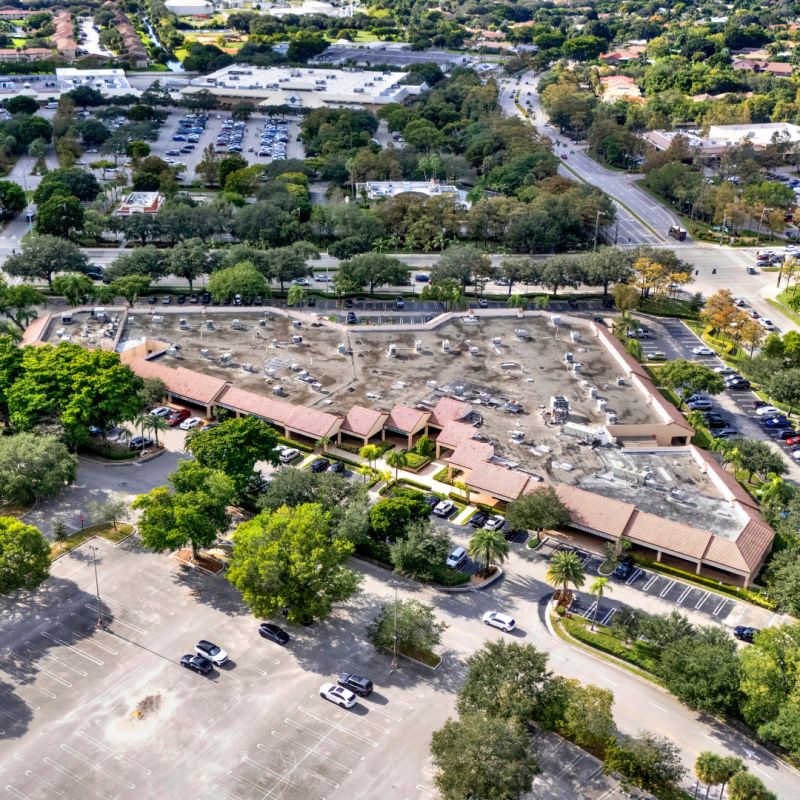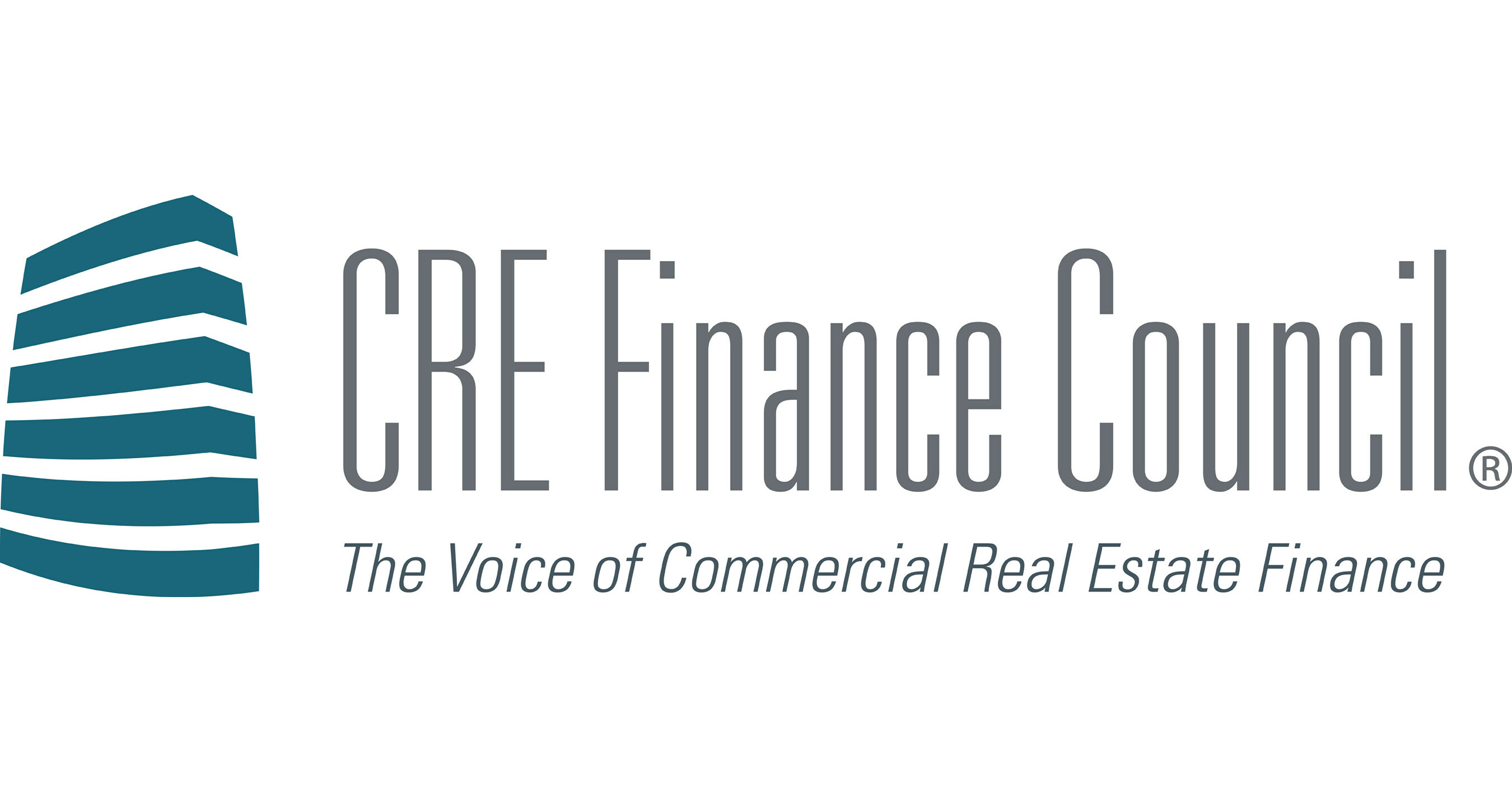M
iami’s real‑estate scene is cooling rapidly. Once celebrated as a pandemic‑era boomtown, UBS now names the city the most fragile bubble among 20 global metros. The Swiss bank’s Global Real Estate Bubble Index gives Miami a risk score of 1.73—well above the 1.5 threshold that flags high danger.
For 15 years, Miami’s inflation‑adjusted home values outpaced every other surveyed city, but that surge is stalling. Properties that used to disappear in bidding wars now linger for months, often selling below asking price. Median sales fell to $595,000 in July from $640,000 a year earlier, and listings are piling up while homes sit on the market for nearly three months.
The downturn is driven by more than weaker demand. Climate‑related insurance premiums, rising homeowners‑association fees, and stricter regulations on aging condo towers have all pushed ownership costs higher. Meanwhile, the city’s price‑to‑rent ratio has climbed past even the peaks of the mid‑2000s bubble, indicating speculation has detached values from fundamentals.
UBS analysts warn that Miami is unlikely to implode suddenly, citing its tax‑friendly climate and coastal allure. Still, affordability has hit a low point, and Florida as a whole has shed over $100 billion in housing‑market value last year.
Other hotspots are also flagged as high risk—Tokyo and Zurich join Miami, while Los Angeles, Dubai, and Amsterdam fall into an elevated category. Miami remains the epicenter of volatility, a former pandemic refuge now illustrating how quickly a boom can reverse.
